From Grits to Gullah: 7 Spicy Secrets of the Lowcountry’s Most Flavorful Cuisine
Welcome to the rich and flavorful world of Gullah foods—a culinary tradition born from the African diaspora in the American South. Rooted in the coastal regions of South Carolina and Georgia, Gullah cuisine is a celebration of bold flavors, fresh seafood, hearty grains, and, of course, a masterful use of spices. Whether you’re a seasoned chef or a weekend griller with a passion for global flavors, this deep dive into Gullah food will spice up your culinary game and warm your soul.
Table of Contents
- What Is Gullah Cuisine?
- The Spice Cabinet of the Lowcountry
- 5 Must-Try Gullah Recipes & Their Signature Spice Combos
- Pro Tips: Mastering Gullah Flavors at Home
- Spice Comparison Table: Gullah vs. Other Southern Cuisines
- History on a Plate: How Spices Shaped Gullah Culture
- Gullah Meets Modernity: Contemporary Takes on Classic Dishes
- Conclusion: Keep It Gullah, Keep It Spicy
What Is Gullah Cuisine?
The Gullah people are descendants of enslaved Africans who lived along the coastal Southeastern United States. Over generations, they preserved much of their African linguistic and cultural heritage, including food traditions that evolved into what we now know as Gullah cuisine.
Characterized by ingredients like okra, rice, seafood, collard greens, and field peas, Gullah cooking reflects West African influences filtered through the agricultural economy of the Lowcountry. But what truly sets it apart? The clever, harmonious use of spices that bring depth and warmth to every bite.
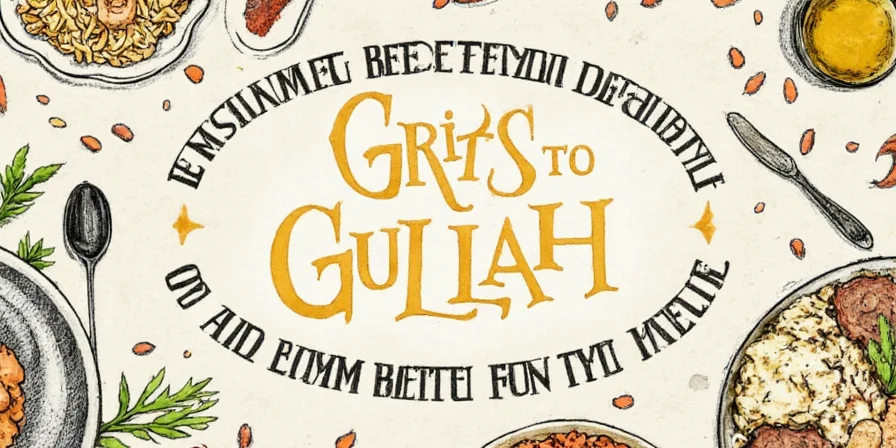
The Spice Cabinet of the Lowcountry
While many Southern cuisines rely heavily on salt and fat, Gullah cooking often uses a more nuanced approach to flavor. Let’s break down the most essential spices that make Gullah dishes shine:
- Allspice: Often called Jamaica pepper, allspice adds warmth and a hint of clove-like heat. Used in everything from marinades to stews.
- Cayenne Pepper: For that fiery kick! Common in fish fry coatings and spicy sauces.
- Fennel Seeds: Bring an aromatic sweetness that balances heavier dishes.
- Garlic Powder: A staple in seasoning blends for meats and seafood.
- Paprika: Adds color and mild smokiness, especially in gumbo-style dishes.
- Thyme: Fresh or dried, thyme is king in soups, stews, and braised greens.
- Lemon Zest: Brightens up rich, savory plates and is a go-to garnish trick.
5 Must-Try Gullah Recipes & Their Signature Spice Combos
Ready to get cooking? Here are five iconic Gullah dishes along with the spices that give them their distinctive flair:
- Shrimp and Grits
- Key spices: Garlic powder, paprika, cayenne, green onions, lemon zest
- Tips: Sauté shrimp first to infuse grits with oceanic richness.
- Gullah Red Rice
- Key spices: Thyme, bay leaf, crushed tomatoes, bell peppers, Worcestershire sauce (adds umami)
- Tips: Cook rice slowly and stir less to prevent mushiness.
- Okra Soup
- Key spices: Allspice, smoked paprika, garlic, onion, red pepper flakes
- Tips: Simmer low and slow to develop layers of flavor.
- Collard Greens
- Key spices: Crushed red pepper, vinegar, brown sugar, mustard seeds
- Tips: Don’t skip the vinegar splash at the end—it wakes up the taste buds!
- Fried Fish with Cornmeal Crust
- Key spices: Cayenne, black pepper, garlic powder, lemon juice
- Tips: Double-fry for extra crispness—yes, even in cast iron!
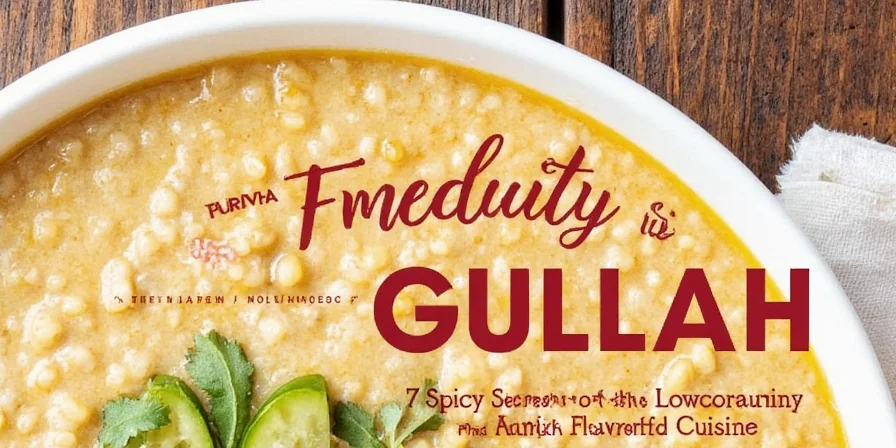
Pro Tips: Mastering Gullah Flavors at Home
If you're inspired to try your hand at Gullah cooking but aren't quite sure where to start, here are some pro tips to guide your way:
- Bake your own spice blend: Mix garlic powder, onion powder, paprika, thyme, cayenne, and salt for a versatile Gullah-inspired rub.
- Rice is sacred: Always rinse long-grain white rice before cooking to remove excess starch. Toast it lightly in oil for deeper flavor.
- Layer flavors: Start with aromatics (onion, garlic), add dry spices early, and finish with acidic elements like citrus or vinegar.
- Use local seafood: Whenever possible, source fresh shrimp, oysters, catfish, or grouper—they’re key to authentic Gullah flavor profiles.
- Don’t rush the simmer: Many Gullah dishes, like stews and soups, benefit from longer cook times to allow spices to meld.
- Keep a spice journal: Track which combinations work best and tweak ratios based on your personal taste.
- Add texture at the end: Crispy fried okra, chopped scallions, or a sprinkle of toasted sesame seeds can elevate your dish visually and texturally.
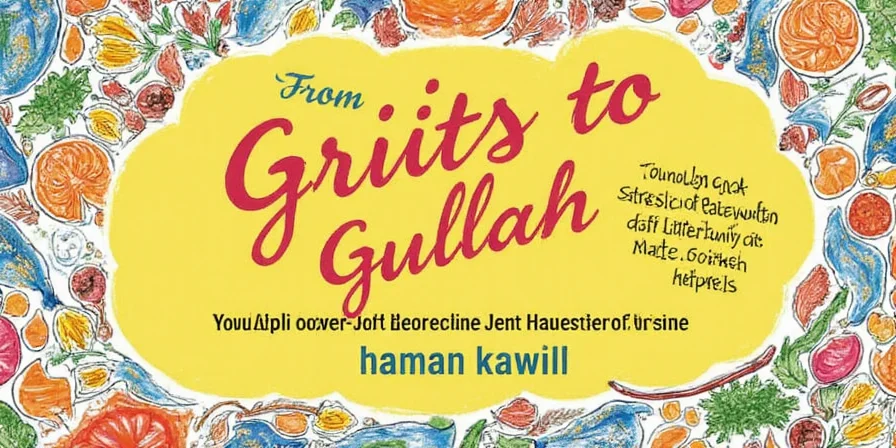
Spice Comparison Table: Gullah vs. Other Southern Cuisines
| Spice/Ingredient | Gullah Cuisine | Creole Cuisine | Tex-Mex Cuisine | Appalachian Cuisine |
|---|---|---|---|---|
| Cayenne Pepper | Highly used for seafood and frying | Moderate in gumbos and jambalaya | Very common in chili and tacos | Rarely used |
| Thyme | Frequent in stews and greens | Moderate in étouffée | Seldom | Occasional in meat dishes |
| Allspice | Signature note in many dishes | Rare | Uncommon | Never |
| Paprika | Used for color and smoky depth | Common in creole dishes | Very common in Tex-Mex blends | Mild use |
| Lemon Zest | Frequent finisher for seafood | Sometimes in seafood dishes | Used in fajitas and salsas | Occasionally in pickling |
History on a Plate: How Spices Shaped Gullah Culture
Spices weren’t just about flavor for the Gullah people—they were part of a broader narrative of survival, adaptation, and resistance. Enslaved Africans brought with them not only cooking techniques but also knowledge of herbs and spices that were familiar from home. These ingredients became tools of cultural preservation in a foreign land.
For example, okra—a plant native to Africa—was prized not just for its thickening power in soups but also for its ability to thrive in the humid climate of the Lowcountry. Similarly, the use of allspice echoes West African spice traditions, while the liberal use of fresh herbs shows both indigenous and colonial influences.
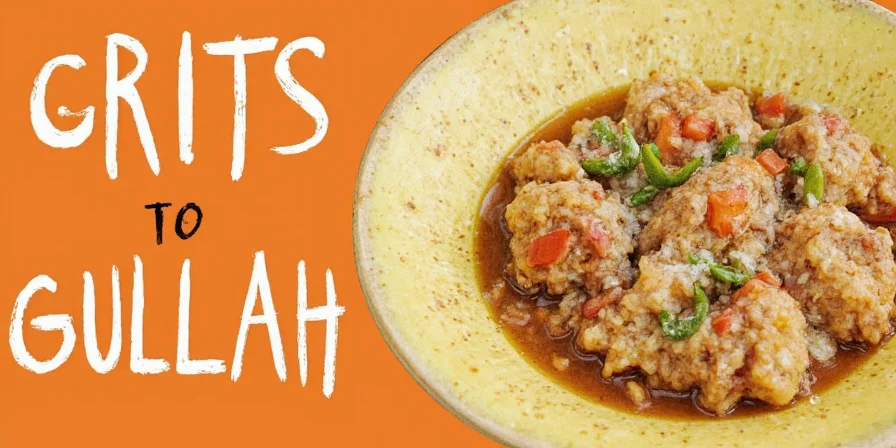
Gullah Meets Modernity: Contemporary Takes on Classic Dishes
Today’s chefs are finding creative ways to honor Gullah traditions while giving them modern spins. From Gullah-spiced ramen broth to collard green pesto pasta, the essence of these flavors is being reimagined across cuisines.
Some innovative ideas include:
- Gullah Gumbo Pizza: Topped with spiced chicken, andouille sausage, okra, and a drizzle of hot sauce.
- Red Rice Risotto: Creamy arborio rice infused with Gullah spices and roasted vegetables.
- Spiced Seafood Tacos: Fried shrimp with a Gullah-style spice rub, served in corn tortillas with mango slaw.
- Okra Chips: Thinly sliced, spiced, and baked until crispy—perfect for dipping in spicy aioli.
- Seafood Boil Bowls: One-pan wonders with crawfish, potatoes, corn, and a custom Gullah boil mix.
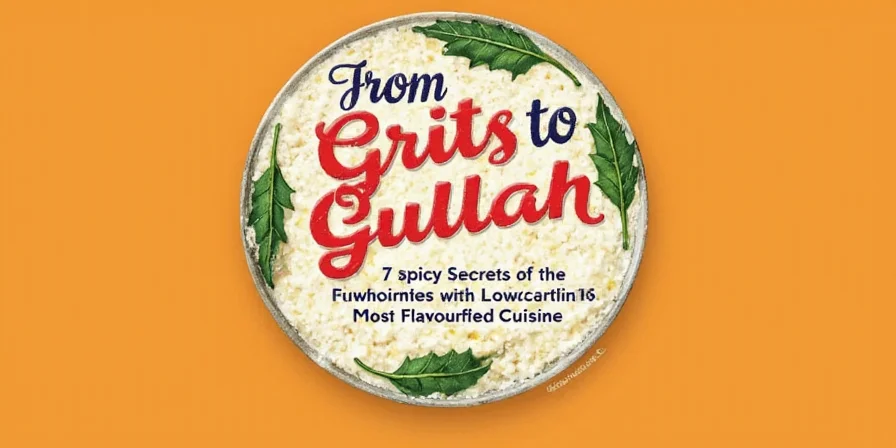
Conclusion: Keep It Gullah, Keep It Spicy
Gullah foods are more than just a regional specialty—they’re a living testament to resilience, creativity, and the unifying power of flavor. By exploring the spice profiles and traditional methods of this cuisine, we gain not only new recipes but a deeper appreciation for the cultural stories behind each bite.
So next time you reach for that jar of thyme or dash of cayenne, remember: you’re holding a piece of history, a whisper of West Africa, and a whole lot of heart. Happy cooking—and keep it spicy!
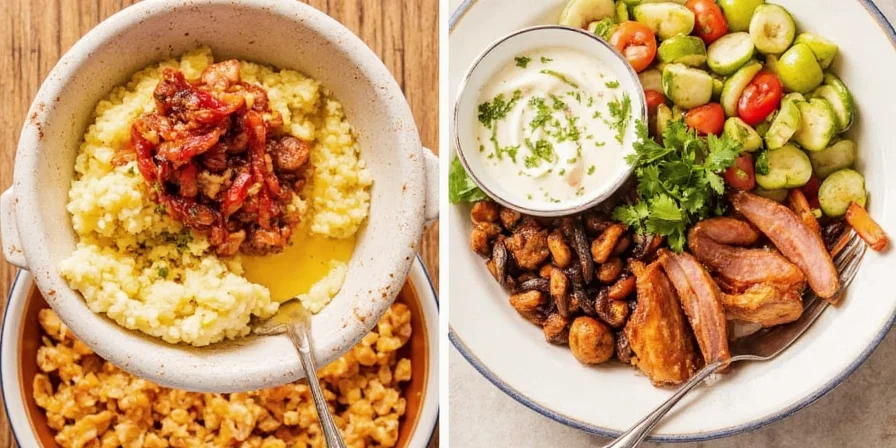
Got Questions About Gullah Spices?
Drop your thoughts in the comments below or share your favorite Gullah dish on social media with #SpiceOfTheLowcountry. We love hearing how you're keeping the Gullah spirit alive—one flavorful bite at a time.

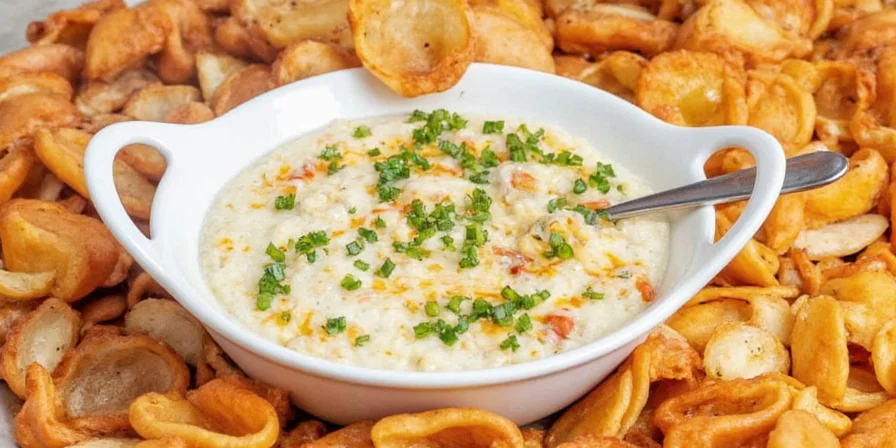









 浙公网安备
33010002000092号
浙公网安备
33010002000092号 浙B2-20120091-4
浙B2-20120091-4